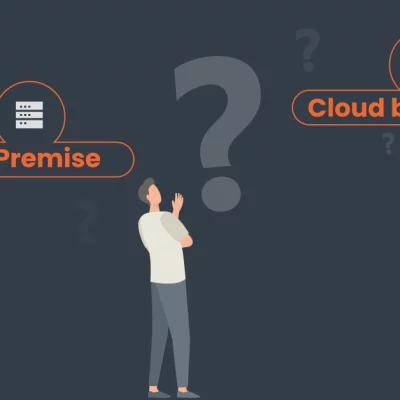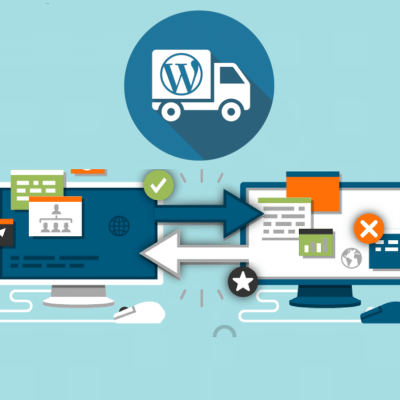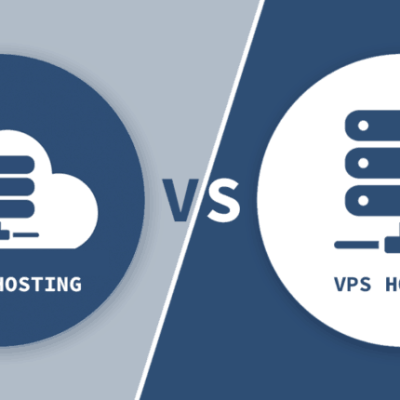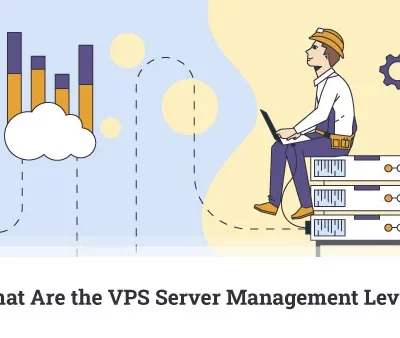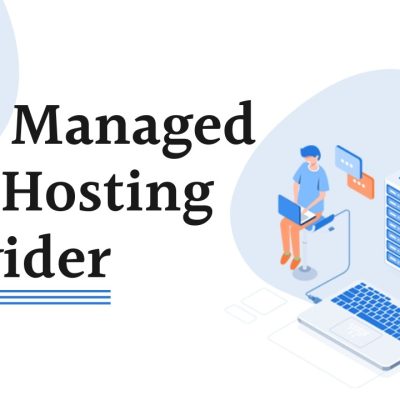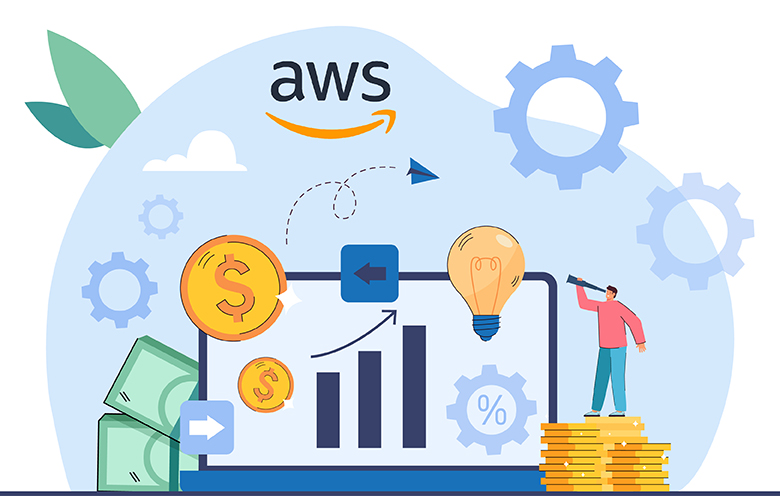
In today’s digital age, having a website is no longer a luxury – it’s a necessity. Whether you’re a bustling e-commerce giant or a passionate blogger, choosing the right platform to host your digital haven is crucial. Amazon Web Services (AWS) emerges as a formidable contender, offering a seemingly infinite arsenal of cloud-based tools to cater to your hosting needs. But for many, the intricate pricing structure and vast service options can become a daunting labyrinth.
Fear not, intrepid web traveller! This comprehensive guide will unveil the mysteries of AWS website hosting costs, empowering you to navigate the cloud with confidence and clarity.
Understanding the AWS Cost Puzzle:
Unlike the rigid packages of traditional hosting providers, AWS operates on a “pay-as-you-go” model. This means you only pay for the resources you actually use, making it incredibly flexible and potentially cost-effective. However, deciphering the cost breakdown can feel like solving a cryptic crossword. Let’s break it down into digestible pieces:
-
Services: AWS offers a diverse buffet of services, each with its own pricing structure. Some common culprits for website hosting include:
- Amazon S3: Object storage for static content like images and videos. Costs are generally low, measured by storage used and data transfer.
- Amazon CloudFront: Content Delivery Network (CDN) for accelerating website loading times globally. Pay per data transfer and number of HTTP requests.
- Amazon EC2: Virtual servers providing computing power for dynamic websites and applications. Billed hourly based on instance type and usage.
- Amazon Route 53: Domain Name System (DNS) service for directing visitors to your website. Charges per hosted zone and DNS queries.
-
Pricing Models: Within each service, different pricing models apply, adding another layer of complexity. Some familiar options include:
- On-Demand: Pay per hour for resources used, ideal for short-term or unpredictable workloads.
- Reserved Instances: Pre-purchase resources at a discounted rate for a committed period, suitable for predictable workloads.
- Spot Instances: Bid for unused EC2 instances at significantly lower rates, perfect for cost-sensitive projects with flexible timelines.
-
Free Tier: Breathe easy, budget-conscious adventurers! AWS offers a generous free tier with limited resources for eligible services, allowing you to experiment and build familiarity before diving into deeper waters.
Charting Your Course: Cost-Effective Strategies for AWS Website Hosting
Now that we’ve demystified the cost factors, let’s embark on a quest for optimization! Here are some effective strategies to keep your AWS website hosting costs under control:
- Plan Your Architecture: Choose the right service combination for your website’s needs. Opt for static hosting on S3 with CloudFront for a simple blog, while a dynamic e-commerce site might require EC2 instances.
- Optimize Resource Utilization: Monitor your resource usage and scale them down during periods of low traffic. Consider auto-scaling features for automated adjustments based on demand.
- Leverage the Free Tier: Don’t underestimate the power of the free tier! Utilize it for small websites or development environments to explore AWS without incurring costs.
- Explore Reserved Instances: If your website has predictable traffic patterns, consider reserving instances for significant discounts compared to on-demand pricing.
- Utilize Spot Instances: For projects with flexible timelines, seize the opportunity to snag unused EC2 instances at remarkably low prices with Spot Instances.
- Monitor and Analyze: Regularly analyze your AWS billing reports to identify cost-saving opportunities. Understand which services are driving the most expense and explore optimization options.
Beyond the Numbers: Value Beyond Cost
While cost optimization is critical, remember that AWS delivers exceptional value beyond mere dollar signs. Here are some benefits to consider:
- Scalability: Easily scale your resources up or down to accommodate traffic fluctuations, ensuring smooth performance even during peak periods.
- Reliability: AWS boasts an incredibly robust infrastructure, minimizing downtime and ensuring your website remains accessible to your audience.
- Security: AWS prioritizes security with a range of features and compliance certifications, safeguarding your website and sensitive data.
- Innovation: As a pioneer in cloud computing, AWS constantly introduces new technologies and services, allowing you to stay at the forefront of digital innovation.
Conclusion: Embracing the Cloud with Confidence
Hosting your website on AWS might seem daunting initially, but with a clear understanding of cost factors and optimization strategies, you can navigate the cloud confidently. Remember, cost is just one aspect of the equation – consider the scalability, reliability, security, and innovative potential that AWS offers. By approaching your website hosting with careful planning and optimization, you can conquer the cloud, unleashing its full potential to power your digital presence and propel you.

